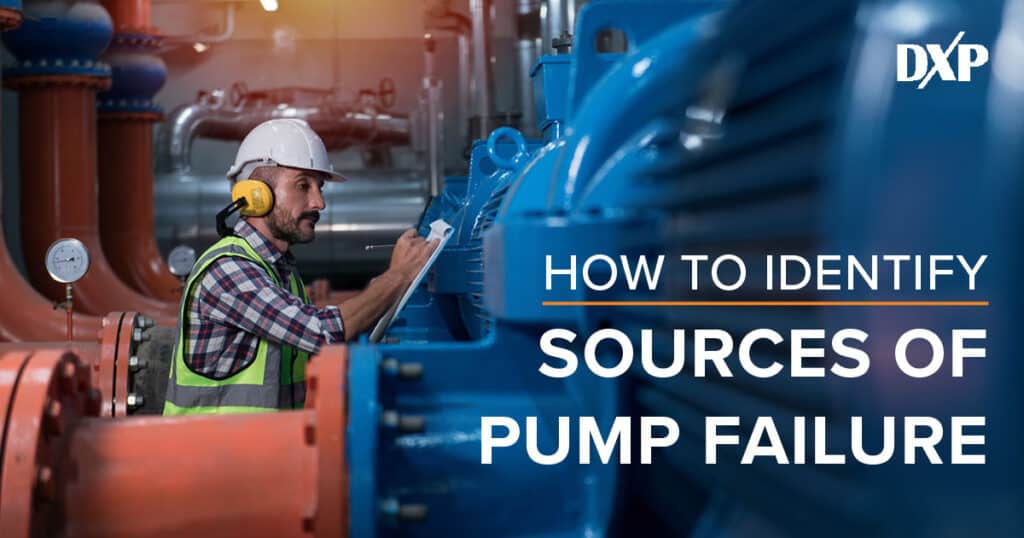It takes a very experienced pump operator to effectively troubleshoot and identify potential sources of pump system failures. It’s not an easy task. However, there are some consistent steps to help decipher the problem and address it with necessary maintenance or repairs.
Recognition of Pump Failure
The first questions to ask are when and how often the pump problem occurs. If it is something that just happened once and suddenly, then there is usually a very specific root cause. There could be a damaged component or a significant change in conditions that led to the issue. If it’s a recurring problem, then you may be able to start narrowing down the cause(s) and effect(s) over time. There will usually be some performance indicators to let you know why certain pump failure keeps occurring.
Most Common Pump Failures
There are common signs of failure in your pump system. Some examples include cavitation, fluid leaks, loss of suction pressure, overheating, excessive vibrations, and drive issues. The first step is to identify the actual problem, then you can trace the failure back to its source. There may be a mechanical issue, conditional change, fluid challenge, or something else that needs to be addressed.
Key Performance Indicators
The first step in identifying sources of pump failure is to know when the pump system isn’t operating correctly. A skilled operator can tell if something isn’t right. Plus, today’s advanced equipment and monitoring technology can immediately let you know if there is a performance issue within the pump system. It’s not too hard to notice if there is a significant loss of pressure or higher-than-usual running temperatures.
External Inspection
You may be able to perform an external inspection of the equipment while it is still running, or you may want to shut the system down if the problem is more concerning. At this stage, you can look for fluid leaks, physical damage, unusual sounds/vibrations, and other potential mechanical issues. Mechanical seals, bearings, loose connections/footings, and motor damage are some of the most common causes of failure. Shaft alignment is another failure point to inspect.
Internal Inspection
External inspection and key performance indicators can help narrow down the concerns. You may be able to identify the problem right away when you know your equipment well. However, a more in-depth internal inspection may be required. Shut down the system and look inside for any areas of concern, then look for damaged or worn components. Finally, take measurements and run tests to make sure everything is working properly.
Maintenance and Repairs
Identifying the source of the failure is critical to determining the necessary repairs. It may be a minor maintenance issue like a seal or bearing replacement. Or, there may be damage that requires a more significant repair solution.
Professional Help
Some repairs may be beyond your knowledge and recurring issues may just keep coming back if not completely resolved. This is why we offer professional pump repair services at DXP Pacific. We can perform repairs on-site or take care of them at our shop, which is sometimes necessary for complex jobs. Our technicians are skilled at troubleshooting and identifying failure points in all types of pumps. We can also provide routine maintenance service plans customized to your equipment and budget.
To learn more about pump maintenance and repair services at DXP Pacific, please contact us today.

